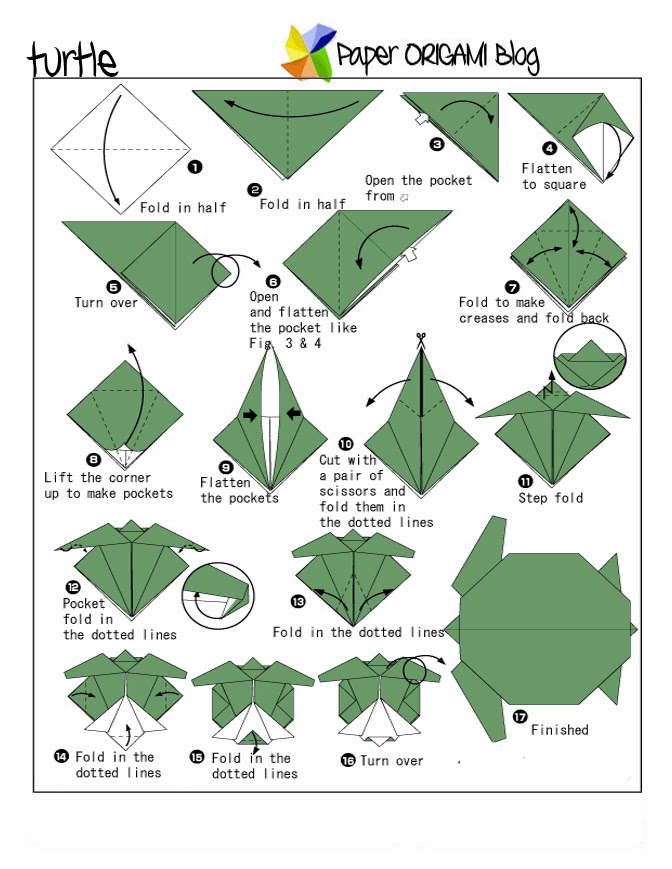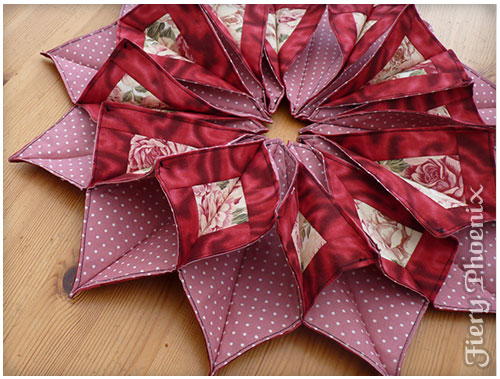Origami Art History Definition. It is not known why this term was chosen, although scholars have speculated that the characters for this term were simply the easiest for schoolchildren to learn to write. Many people believe that paper was invented in china around 105 a.d.

In 1880, the art of japanese paper folding was changed from orikata, which means ''folded shapes,'' to origami, from the. Origami, also called paper folding, is the art of folding objects out of paper. Skip to primary navigation skip to main content skip to primary sidebar skip to footer home membership worksheets login menu home membership worksheets login kidskonnect menumenu english reading
Its Was Created In The 17Th Century And Has Evolved Into The Modern Art It.
Origami found its way in japanese celebrations and weddings where origami art was used to wrap and fold in the form of a shape representing the bride and groom. The word origami (from japanese oru [“to fold”] and kami [“paper”]) has become the generic description of this art form, although some european historians feel it places undue weight on the japanese origins of an art that may well have. There were millions of stars and.
Origami, Also Called Paper Folding, Is The Art Of Folding Objects Out Of Paper.
Contrary to popular belief, origami has no set ‘rule book’. Independent paper folding traditions exist in east asia, and it is unclear whether they evolved separately or had a common source. The history of origami followed after the invention of paper and was a result of paper's use in society.
Its Name Derives From Japanese Words Ori (“Folding”) And Kami (“Paper”).
The transition from the term orikata to origami came into use in 1880. Paper can be folded into almost anything! The recreational paperfolding we now know as origami has been around for over one thousand years.
Some, Like Gonzalo Garcia Calvo And Mademoiselle Maurice, Do Not Employ Adhesives Or Cuts In Their Work, While Others, Like Cristian Marianciuc Have Creatively Reinterpreted The Practice Through Strategic Snips.
Explore the history, culture and meaning behind. So long as there is paper, and it’s being folded, that is origami. The history of origami is a challenging subject to investigate.
One Of The Oldest Documents Written About Origami Is The ‘Senbazuru Orikita’, Which Translates To ‘One Thousand Origami Cranes’, And Was Written In Around 1797.
It is not known why this term was chosen, although scholars have speculated that the characters for this term were simply the easiest for schoolchildren to learn to write. Simply put, origami is the art of folding paper. Traditional origami consists of folding a single sheet of square paper (often with a colored side) into a sculpture without.





